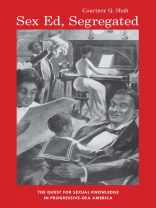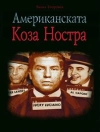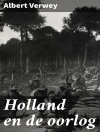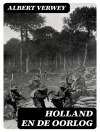Against the backdrop of the Progressive Era, World War I, and the 1920s, sex education burgeoned in the United States through institutions like the YMCA, the popular press, girls’ schools, and the US military. As access to sexualknowledge increased, reformers debated what the messages of a sex-education curriculum should be and, perhaps more important, who would receive those messages.
Courtney Shah’s study chronicles this debate, showing that sex education then, just as in our own era, had as much to do with politics and morals as it did with biology and medicine. Examining how different population groups in the United States were given contrasting types of sex education, Shah demonstrates that such education was used as a tool to reinforce or challenge racial segregation, women’s rights, religious diversity, and class identity.
Courtney Shah is an instructor of history at Lower Columbia College in Longview, Washington.
Table des matières
Acknowledgments
Introduction
The Origins of the Sex Education Movement
Parental Prerogative and School-Based Sex Education
Sex Education for Whites Only?
Venereal Disease and Sex Education for African Americans
Sex Education in the American Expeditionary Force
Policing Sexuality on the Home Front
Sex Education in the 1920s
Conclusion
Bibliography
Index












